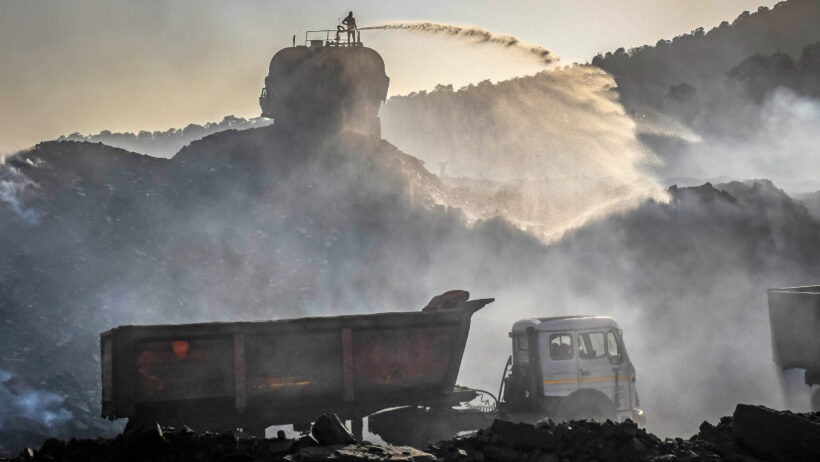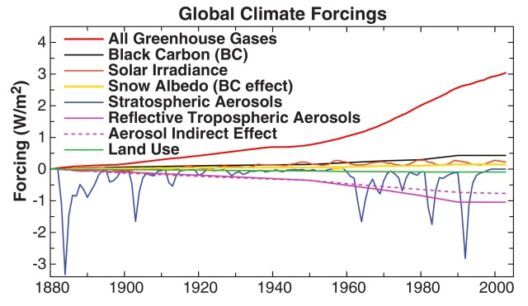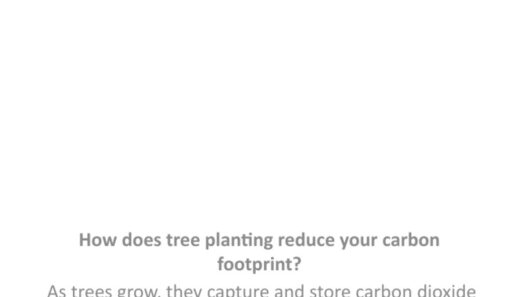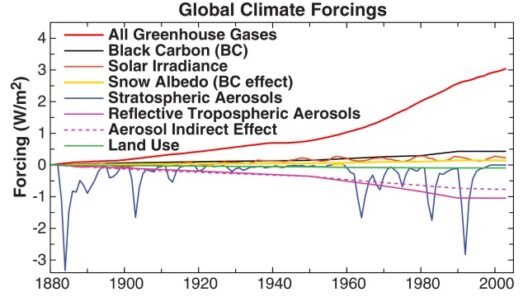In recent decades, the discourse surrounding climate change and global warming has often gravitated toward a singular – yet critical – point: carbon dioxide (CO2) emissions. The atmospheric chemistry that governs the behavior and impact of these emissions serves as a nexus connecting a plethora of environmental and socio-economic issues. Grasping the intricate relationship between atmospheric chemistry and global warming is essential for fostering a profound understanding of the challenges we face in the modern era.
The Earth’s atmosphere is composed of a myriad of gases, each playing a distinct role in its biochemical dynamics. Among these, carbon dioxide, a naturally occurring greenhouse gas, has become emblematic of the contemporary climate crisis. It is produced through various processes, including respiration, volcanic eruptions, and the natural decay of organic matter. However, human activities, particularly the burning of fossil fuels, have exponentially increased the levels of CO2 in our atmosphere. This anthropogenic influence has critical implications for atmospheric chemistry and, consequentially, global warming.
At its core, the principle of atmospheric chemistry involves understanding how various gases, like CO2, interact with one another and with various components of the atmosphere. Greenhouse gases trap heat radiating from the Earth’s surface, preventing it from escaping back into space. This process, known as the greenhouse effect, is paramount in maintaining the Earth’s temperature within a habitable range. However, the excessive accumulation of greenhouse gases due to human activity has intensified this effect, leading to a gradual increase in global average temperatures.
One must contemplate the dual nature of carbon dioxide. On one hand, it is crucial for life; it is an integral component of photosynthesis, enabling plants to produce oxygen and organic matter. On the other hand, excessive concentrations of CO2 lead to a synergistic effect that fuels the warming of our planet. The modern era has witnessed an unprecedented rise in carbon dioxide levels, with recent data indicating emissions are likely to reach record highs consistently. These emissions, combined with other greenhouse gases such as methane and nitrous oxide, compound the warming trajectory of the Earth.
The implications of increasing atmospheric CO2 are profound. Rising temperatures precipitate a cascade of environmental changes, including melting glaciers, rising sea levels, and alterations in precipitation patterns. These changes pose significant threats to biodiversity and ecosystems worldwide. Coral reefs, often dubbed the “rainforests of the sea,” are particularly vulnerable; increased CO2 levels result in ocean acidification, endangering their intricate structures and the myriad species that depend on them.
Crucially, the consequences of carbon emissions extend beyond environmental degradation; they permeate social fabric and economic systems. Communities dependent on agriculture are witnessing shifts in growing seasons and increased frequency of extreme weather events, jeopardizing food security. Vulnerable populations, particularly in developing nations, confront the brunt of these changes while possessing the least resources to adapt. This inequity heightens the urgency for inclusive and equitable climate solutions, emphasizing the interconnectedness of atmospheric chemistry and social justice.
Mitigating the effects of carbon emissions demands a strategic, multifaceted approach. Transitioning to renewable energy sources, enhancing energy efficiency, and investing in carbon capture technologies represent vital steps towards reducing atmospheric CO2 levels. Encouragingly, advancements in technology have paved the way for innovations in solar, wind, and hydroelectric power, which have the potential to significantly reduce reliance on fossil fuels.
Moreover, fostering a culture of sustainability through education, policy reform, and community engagement is paramount. Public awareness campaigns can stimulate individual action, while government policies can incentivize sustainability practices within industries. By embedding eco-consciousness into the very fabric of societal norms, it is possible to engender a collective shift in perspective regarding our relationship with the environment.
A key area of potential resides in the realm of reforestation and afforestation. Forests act as vital carbon sinks, absorbing CO2 from the atmosphere. Initiatives aimed at restoring degraded landscapes and planting new forests can play an instrumental role in sequestering carbon. This natural approach not only mitigates global warming but also fosters biodiversity and enhances local ecosystems.
Adapting to climate change must also feature prominently in discourse. As the planet continues to warm, it is imperative to develop strategies for resilience against its inevitable impacts. Policymakers must engage in proactive planning, ensuring that systems are in place to address climate-related challenges, from urban infrastructure to disaster response mechanisms.
Finally, the future trajectory of atmospheric chemistry and its implications for global warming hinges upon our collective action. It is essential to transcend the conventional boundaries of scientific understanding and engage in interdisciplinary dialogues that encompass environmental science, economics, and social equity. By reexamining our approaches, we can forge new paths toward sustainability and climate justice.
To genuinely address the carbon connection that underlies global warming, we must cultivate a deep-seated curiosity about the world around us. Engaging with the intricacies of atmospheric chemistry reveals the delicate interplay between human actions and environmental systems. By harnessing this knowledge, society can navigate the complexities of climate change and strive towards a more sustainable and equitable future for all.








